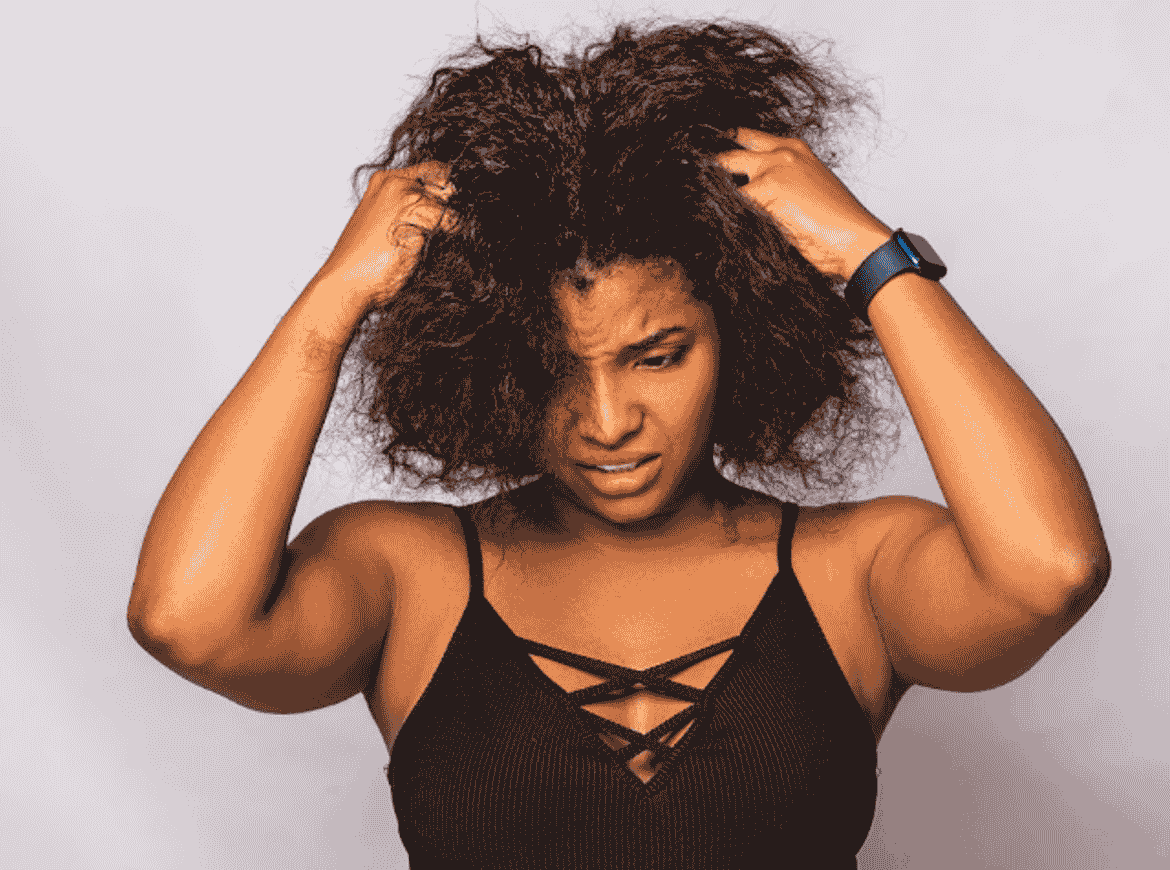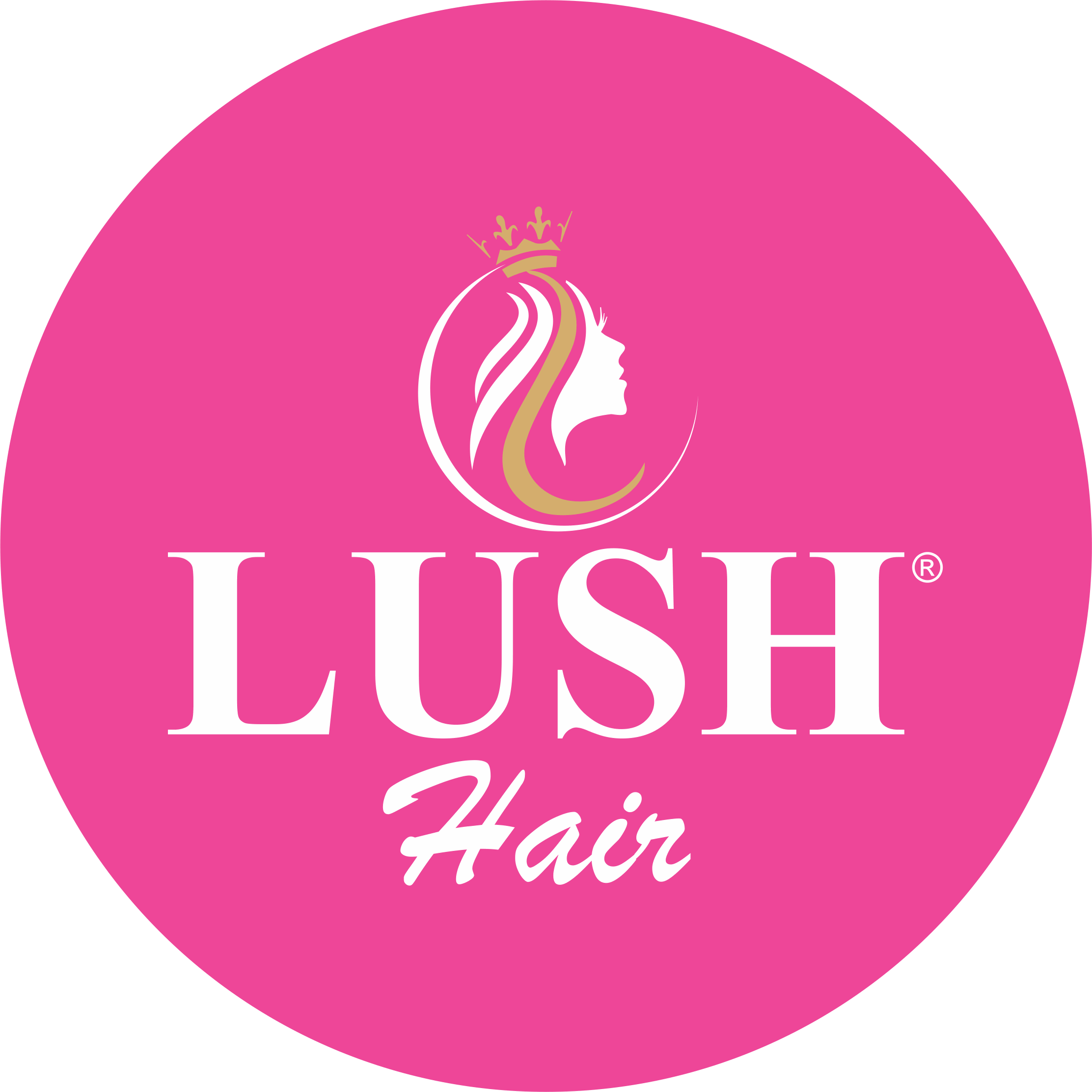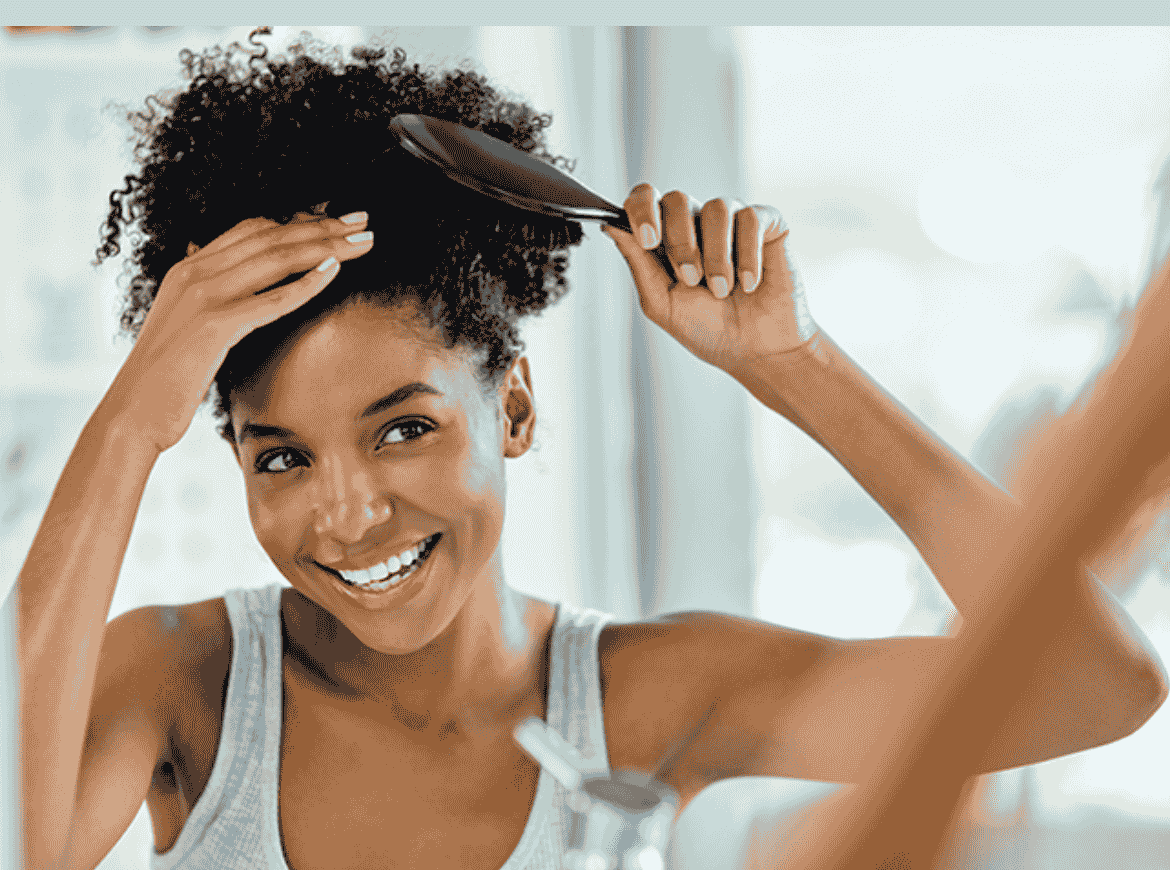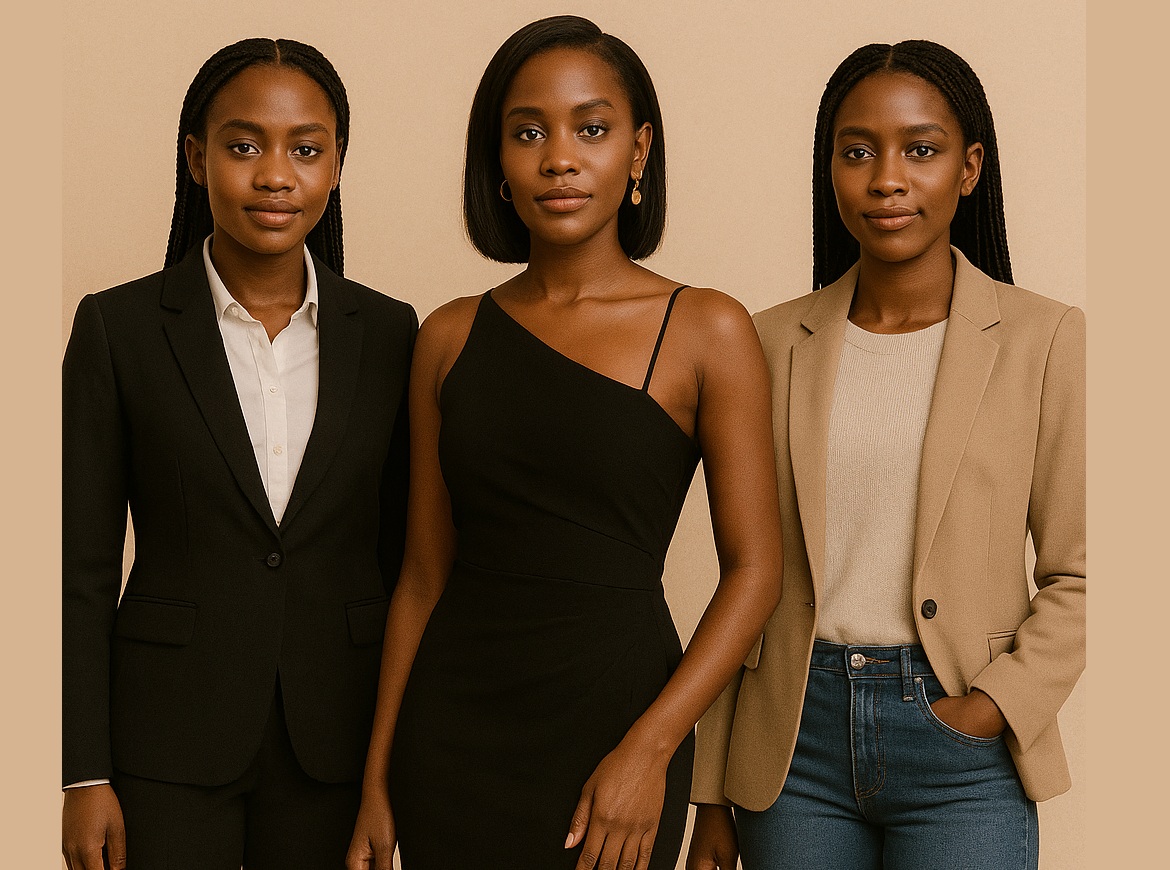
5 Mistakes That Are Stunting Your Hair Growth
Zipporah Mwangi
I see you sis, doing your length check again for the umpteenth time. You sigh; you really thought this time would be different. That this time you would see growth and finally all your efforts would count for something. You are getting frustrated because your hair growth journey seems to be going nowhere. You have resigned to one conclusion: some women are just lucky to have good hair genes, unlike you whose hair doesn’t grow.
Sis, we see you! Afro hair comes with its own set of needs and challenges. The good news is that as long as there is no major health issue, your hair is always growing. On average, your hair grows ½ an inch every month. The question therefore is, if your hair is always growing, why are you still stuck at the same length?
The answer: Breakage.
What is Hair Breakage?
Hair breakage happens when the hair strands break instead of falling off from the root after completing the hair cycle. The issue is not that your hair is not growing, it is that your hair growth is not being retained. Sometimes the secret to unlocking the length is not necessarily in introducing something new to your routine but in identifying what you may be doing wrong.
We will explore five common mistakes that could be sabotaging your hair growth goals. Hopefully, you will identify a mistake or two and change your approach to hair care to achieve the length goals you have been chasing!
Soon enough, you could be Rapunzel, Rapunzel, letting down your hair…
Mistake #1: Not Moisturising
Afro-textured hair loooooves moisture! Not only does moisturising soften hair making it easier to manage, it also significantly reduces breakage when handling. Hair is oldest at the ends, and poor to no length retention can be directly attributed to dry ends that are the most susceptible to breakage. Always moisturize with a water-based moisturizer then seal in the moisture with an oil or butter.
It is important to note that water alone is not an effective moisturizer, it only provides hydration. Therefore, proper moisturising incorporates ingredients that draw moisture and store it in the hair (humectants) and those that create a barrier that prevents water loss (emollients).
Mistake #2: Over Manipulation
Over manipulation is the excessive handling of hair through tugging, pulling, combing, and styling. While the versatility of Afro hair is amazing, it is a double-edged sword because constant manipulation results in dryness and breakage.
Afro hair is all about the soft life. It thrives when handled delicately and left to rest. Opt for styles that do not require daily styling like braids, loose buns, or flat twists. When adding extensions, go for super light ones that are not heavy on your scalp and do not strain your hairline. These hairstyles protect your ends and reduce tension on your hairline, protecting it from possible traction alopecia.
Mistake #3: Too Much Heat
Heat is a good servant but a bad master. If used properly, heat promotes deeper penetration of beneficial hair products like deep conditioning and hot oil treatments which moisturize hair and reduce breakage. Heat can also provide more styling options for girlies who want to experiment with different looks.
However, excessive heat is bad for your hair. It breaks down keratin (a key protein that makes up hair), causing hair to lose its elasticity, drying out hair, damaging the cuticle, and weakening the hair by altering the shape of the keratin proteins. The result? Dull, frizzy, brittle, tangled, and damaged hair.
Consider heatless methods of stretching hair, or always use heat protectant when incorporating heat in your routine.
Source: https://ph.pinterest.com/pin/387239267978436357/
Mistake #4: Wrong Hair Products
Did you know that the wrong product can cost you your dream of achieving long hair? African hair is as diverse as the women wearing the crowns, therefore knowing what products are suitable for your hair begins with knowing your hair type. Your hair type determines your hair needs and informs your hair care routine. Avoid harsh ingredients that strip your hair of its natural oils like parabens and sulphates.
If this feels too overwhelming, you can check our range of products here and learn more about the infused oils that are tailored for African hair. You can also take tests online to help you discover your hair type.
Mistake #5: Not Trimming Regularly/ Overtrimming
Ah, trimming. The age-old conflict for many African women. Because why in their aspiration to grow floor-length hair are you telling them to cut it first? Isn’t that counter productive? Do you know how long it takes to grow hair? Have you no compassion?
Trimming is cutting small amounts of damaged hair at the ends to prevent further and future breakage. While trimming, in and of itself, does not grow hair, it helps retain length by getting rid of split ends that travel up the hair shaft, create more damage, and force you to cut off even more length later.
On the other hand, it is possible to fall into the scissor-happy category where you trim so much that you end up not seeing significant length gains. For a girlie who is chasing length, cutting healthy hair will only derail the goal. So the balance is in only cutting damaged hair.
Source: Getty Images/iStockphotos
Conclusion
Longer, healthier hair does not happen by chance; it happens by learning and relearning, consistency, and truckloads of patience!
Avoid these 5 mistakes and you’ll be surprised by how much your hair can achieve.
All the best in this journey; remember to be gentle with yourself.
Which of these five mistakes will you address first? Are you guilty of some or all? Let us know in the comments!




